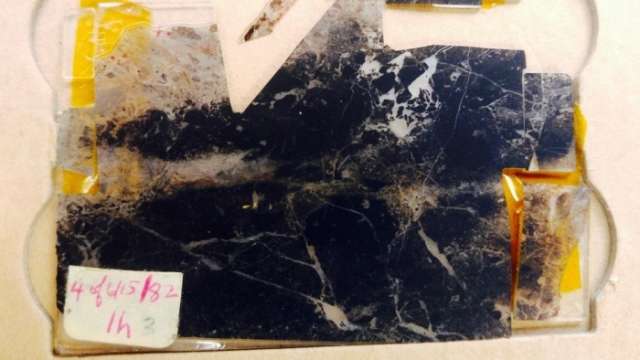Life may have originated on Earth 4 billion years ago

The new work indicates these early microorganisms were surprisingly sophisticated, capable of photosynthesis and of using other chemical processes to get energy, says Birger Rasmussen, a geobiologist at Curtin University in Perth, Australia, who was not involved with the work. The study “will probably touch off a flurry of new research into these rocks as other researchers look for data that either support or disprove this new assertion,” adds Alison Olcott Marshall, a geobiologist at the University of Kansas in Lawrence who was not involved in the effort.
In the new study, William Schopf, a paleobiologist at the University of California, Los Angeles—and the discoverer of the Australian microfossils—teamed up with John Valley, a geoscientist at the University of Wisconsin in Madison. Valley is an expert in an analytical technique called secondary ion mass spectrometry (SIMS), which can determine the ratio of different forms of carbon in a sample—key to gauging whether it’s organic.
Schopf spent 4 months working with microscopes to find a thin slice of the rock that contains the fossils with specimens accessible enough to study with SIMS; that sample contained 11 microfossils whose diversity of shapes and sizes suggested they represented five species of microbes. He also provided samples of rock containing no putative fossils for comparison.
The analysis detected several distinct carbon ratios in the material, Schopf, Valley, and colleagues report today in the Proceedings of the National Academy of Sciences. Two types of microfossils had the same carbon ratio as modern bacteria that use light to make carbon compounds that fuel their activities—a primitive photosynthesis that did not involve oxygen. Two other types of microfossils had the same carbon ratios as microbes known as archaea that depend on methane as their energy source—and that played a pivotal role in the development of multicellular life. The ratio of a final type of microfossil indicated that this organism produced methane as part of its metabolism.
That there are so many different carbon ratios strengthens the case that these are real fossils, Schopf says. Any inorganic processes that could have created the squiggles would be expected to leave a uniform carbon ratio signature, he says. The fact that microbes were already so diverse at this point in Earth’s history also suggests that life on our planet may date back to 4 billion years ago, he says. Other researchers have found signs of life dating back at least that far, but those findings are even more controversial than Schopf’s.
“The new results add weight to the idea that the microstructures are biological,” Rasmussen agrees. But he is concerned that the microfossils may have been badly preserved. Olcott Marshall, who thinks the rock impressions are not fossils at all, but the product of geological processes, is even more critical: “The errors produced by this analytical technique are so large” that the data are not clear enough to say there are different types of microbes in rock, she says.
But SIMS experts praise the work. “It was a really careful, well thought out experiment,” says Lara Gamble, a chemist at the University of Washington in Seattle who was not involved in the study. “They put in a lot of effort to try to make sure everything was calibrated properly.”
Rasmussen hopes there will follow-up work that analyzes more microfossils. “It’s worth getting this right, given that we are looking at some of the oldest possible traces of life,” he says. “Honing our skills at recognizing ancient biosignatures on Earth is important as we cast our eyes to Mars and beyond.”















































